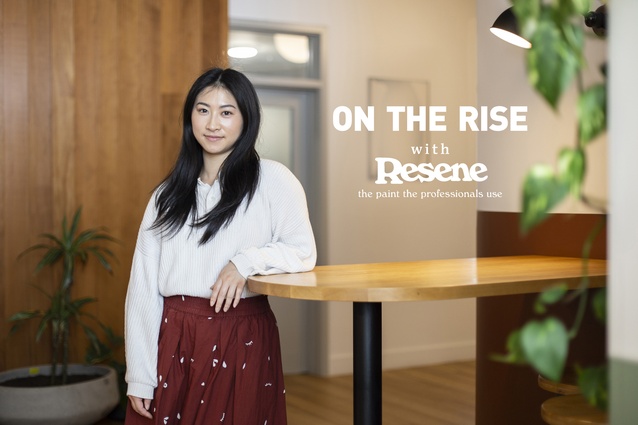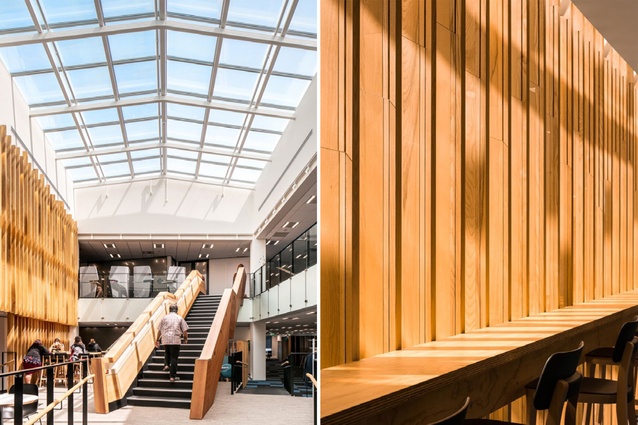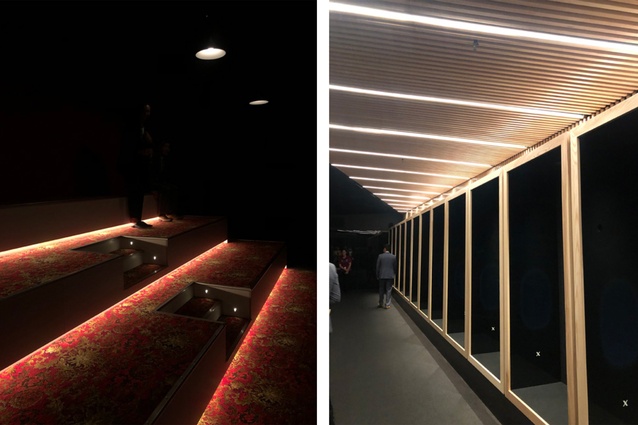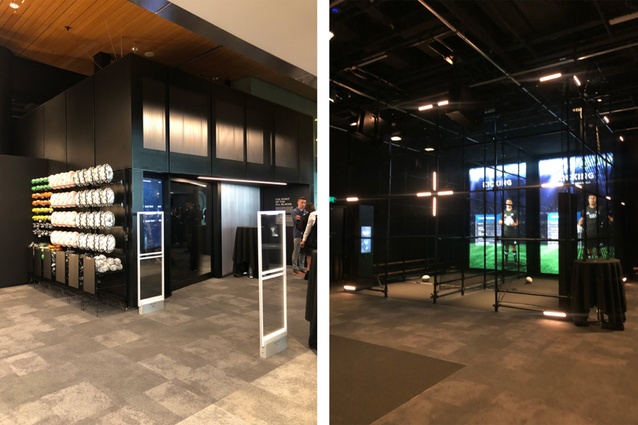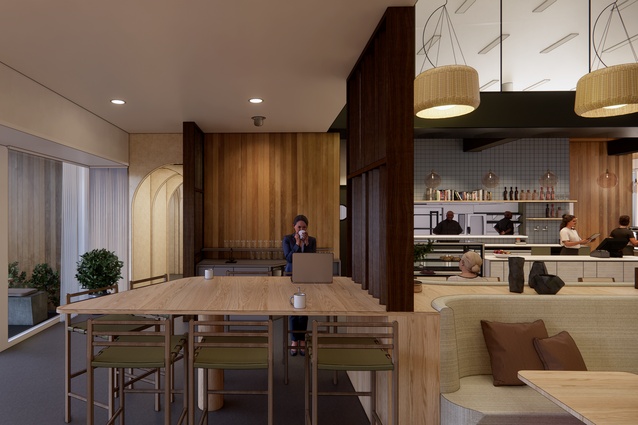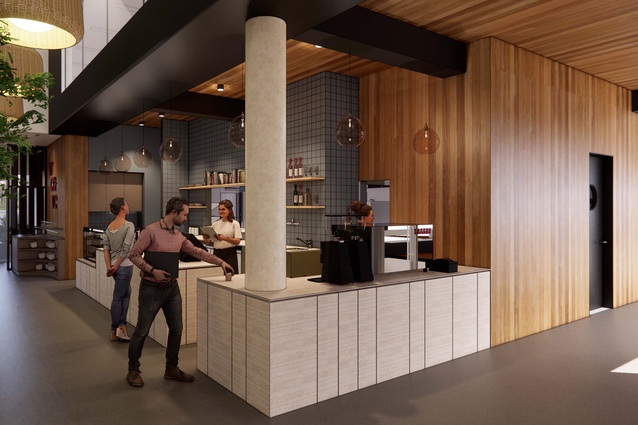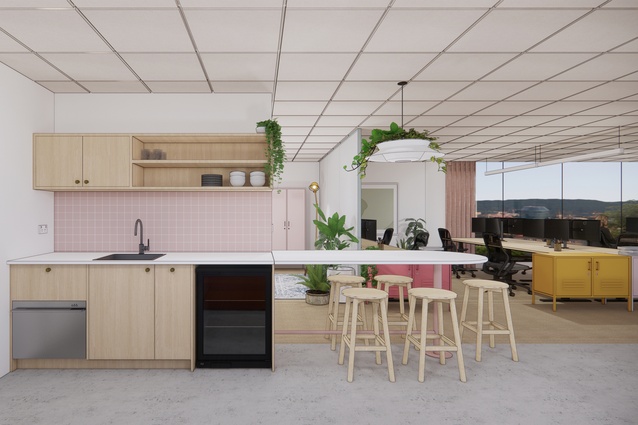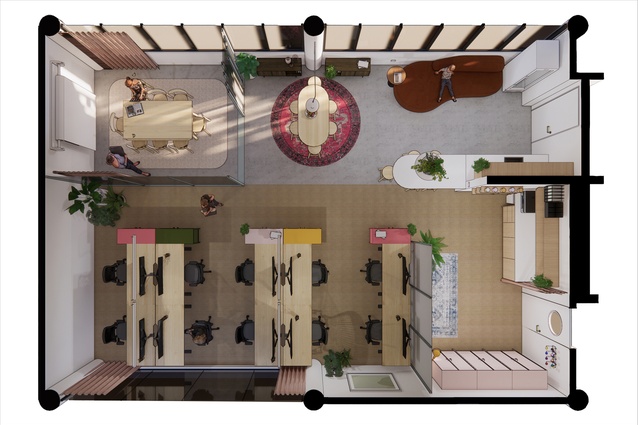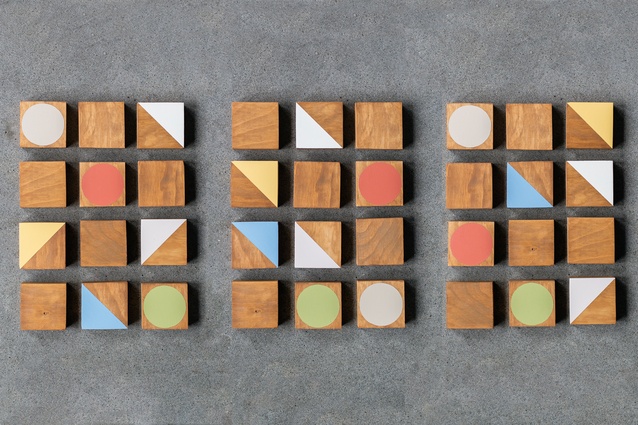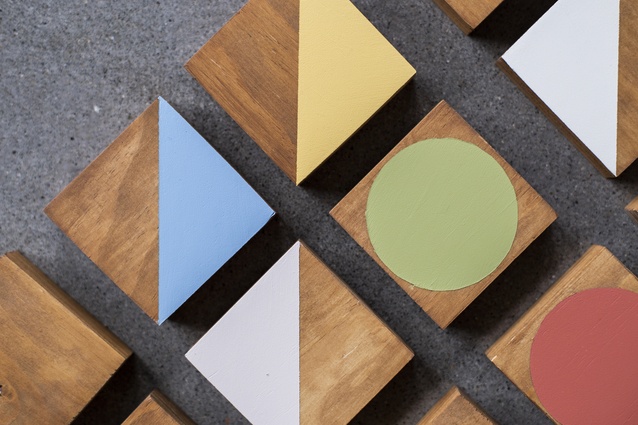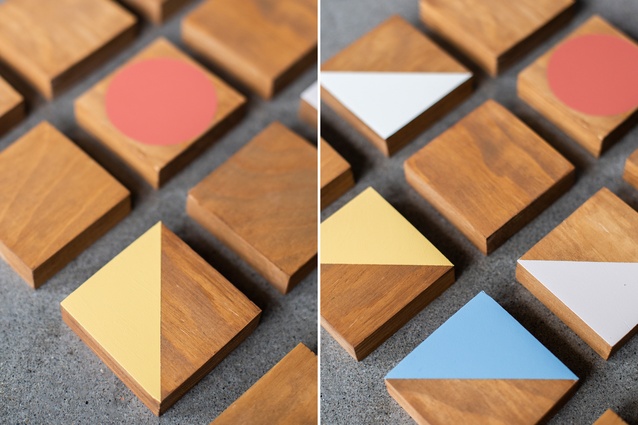On the Rise: Felicity Zhou
The ArchitectureNow On the Rise series, supported by Resene, highlights up and coming designers around the country. This month, Ashley Cusick chats with Felicity Zhou, who is an interior architectural designer at Hamilton studio Designwell. They talk about designing with a brand in mind, behind the scenes at the All Blacks Experience and more.
Ashley Cusick (AC): When did your interest in architecture and design begin?
Felicity Zhou (FZ): At a young age, I really enjoyed drawing and art was always a favourite subject at school. I loved when I had the opportunity to draw in 3D and I had a thought to myself when I was 9 or 10 that I really wanted to be doing this when I was older. I did put pressure on myself to go down a career path like law or accounting or something like that. But then, I realised that I don’t actually like doing those things. I went back to looking at doing something in design and doing something creative, which eventually led me back to pursuing architecture as a career.
AC: Did you grow up in Hamilton?
FZ: No, I actually grew up in Taihape, of all places. I moved to Palmerston North and then, eventually, I ended up in Wellington since high school. I moved around a lot and I was always tagging along to open homes with my parents, which also sparked an interest in architecture.
AC: And, you did your architecture studies in Wellington. Did you know at the beginning that you wanted to specialise in interiors?
FZ: When I first started, I just wanted to do architecture but didn’t look into what that actually entailed and the fact there were different disciplines. It was great in my first year to have the opportunity to explore different areas and I came to the realisation quite quickly during the second year that interiors was what I wanted to do because we spend a lot of our time indoors. So, it made sense to pursue interiors and refine my skills.
AC: As you were gaining more of an interest in interiors did you have any particular interest in residential versus commercial or hospitality? Was there one type of space that you were drawn to?
FZ: I think I like hospitality spaces the most, mainly because it’s a public space that anyone can go in and use and enjoy the space. I’m also a big foodie myself; I love going to a new place and not just enjoying the food but the space itself and the atmosphere that has been created. You celebrate many special moments at an eatery and you use the space to set that scene. I’ve always had that interest and I’ve had more opportunities to work on those types of projects recently, which is really exciting.
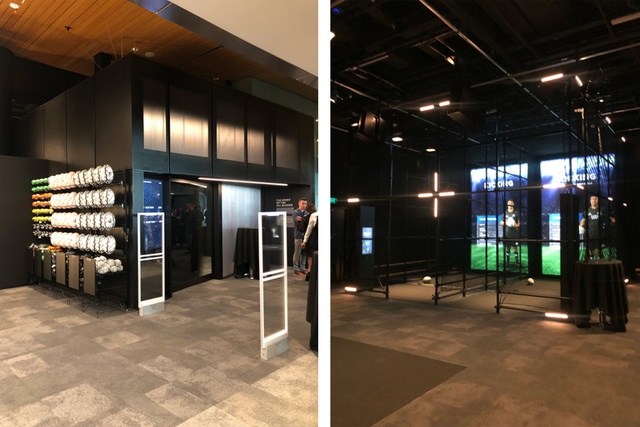
AC: You first started working at a firm in Wellington first right after you graduated. What did you work on there?
FZ: I was at Pelorus Architecture and I started as an architectural assistant, so I got to do a bit of everything. It wasn’t just interiors. I think it was good for me to have the opportunity to learn a bit more about everything. Most of the time, it was commercial interior fitouts and we did a lot of government work but there was the odd house alteration. And then the last major project was the exhibition project, the All Blacks Experience, which I loved. That was probably my favourite project.
AC: Tell me more about that. What was it like working on such a large-scale exhibition?
FZ: It was really exciting; we were the architectural team that was taking part, but there was also an exhibition designer, a lighting designer and everyone else that’s involved in the build. It was exciting to go about construction, but not from your traditional point of view. A lot of the details and documentation we had to create for that project weren’t typical. It was, in a sense, trying to understand what the exhibition designers were doing and taking their idea and their concept and figuring out how we go about building and constructing it. It was a fun process of figuring that detail out, but also working with a whole bunch of new materials I’ve never worked with before. I loved having the opportunity to be the one on site, watching it all come to life.
AC: It’s interesting because normally when you’re designing something, you’re designing it to last. But with an exhibition, it’s the opposite, you’re designing it to be able to be taken down and taken away.
FZ: It is a long term exhibition that was created inside a big conference space so the transformation was amazing to see. I had been on site prior to the exhibition, doing a site measure, and once you’re inside it now and you see all the spaces we created, you lose the sense of the whole shell itself. You don’t even know what it was like beforehand.
AC: How did you land in Hamilton with Designwell?
FZ: In Wellington, I always had a huge interest in what was going on and what builds were happening in the city. I noticed that there was something happening down Cuba Street and I saw bits and pieces of the fitout happening and got really curious about who was moving in. I eventually found out it was Duck Island and that Designwell did the work. Since I was job hunting, I also found out that they were hiring. I thought, maybe this is a sign to go and do some more fun and creative work so I ended up here. We work with Edwards White and other architects quite a bit and it’s great to still be collaborating with architecture firms. I still get my fill of working with architects as well as doing a lot more creative work.
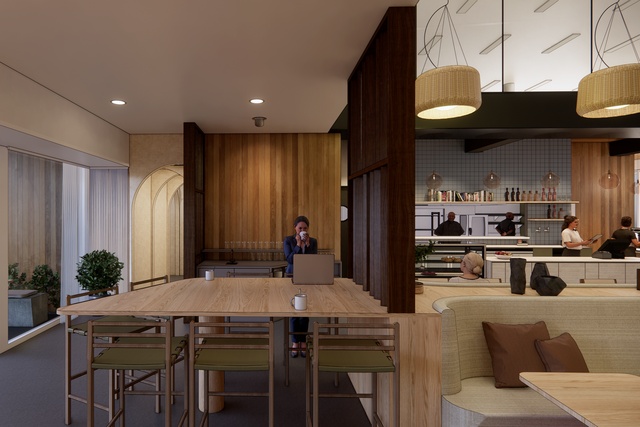
AC: Do the branding teams and the interiors teams work together much on projects at Designwell? Do you integrate the brand into the design of a space often?
FZ: We do work together when there’s a client who is after both branding and space. We are working on a project called Weave Eatery, which is currently on site, and very early on we started with their graphic designer, discussing what their brand was about and what they wanted the experience of that space to be. We tried to capture that essence into the interiors. That space is very much theirs and not anyone else’s.
AC: How do you go about incorporating a brand when it comes to making the interiors?
FZ: For me, it’s about understanding the characteristics of the brand. Teasing out what it is about. Is it something that’s bold and fun or is it something that’s more about the product itself? And then, bringing those elements into the language of the space. That might be with colour or texture or the forms or the more creative design side of things.
AC: Is there a style that lends itself specifically to Hamilton? Do you find yourself designing with the city in mind compared to Wellington or other cities?
FZ: With the design or creative output in Hamilton, the style is quite youthful, fun, fresh and modern. Compared to Wellington, there are bits and pieces of that, but they have their own style that is very distinctive and different.
AC: I feel like Hamilton is having a bit of a renaissance with a lot of really well-designed spaces popping up. Every time I visit, there’s a new restaurant or cool café and it feels like people are putting an emphasis on how those spaces look and feel. Have you noticed that?
FZ: I knew before I moved to Hamilton that there was a lot of building work going on and a lot of new spaces being created. I’m even working on some major projects such as MADE in Hamilton East, that are going to help shape the city. It’s exciting to be a part of that process, knowing that I’m part of something that is going to be creating a destination for the city. It’s great to see it all happen but also be working behind the scenes to make it happen.
AC: When you’re working on a project, is there a place that you always start from? Or a design philosophy that you always bring into a project?
FZ: I personally always start with laying out the space and figuring out what requirements there are and how it can all come together, almost like a puzzle. From there, once I’ve come up with a solid layout, that’s when I start figuring out where I can bring the design elements in. I think about the journey of the client or the customer using the space and what that experience will be like and I use that to guide me.
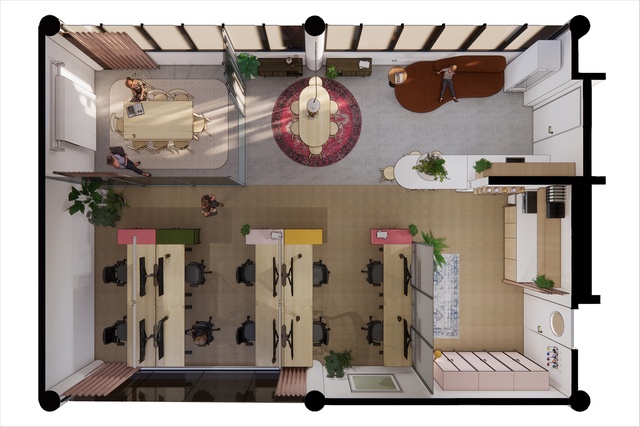
AC: What’s been the difference approaching a hospitality project versus other kinds of interiors like workplace or commercial?
FZ: There’s more opportunity to express design in hospitality spaces since there is a bigger appetite to be creative. In some senses, there aren’t as many constraints as a workplace would have, so you get a chance to have a bit more fun and create more of a personalised space. Whereas in an office, there is an opportunity to be creative, but it’s always a little tricky because you need to maintain the functionality which can be limiting in particular areas.
AC: How do you stay inspired outside of the office?
FZ: Usually it’s through exploring, whether that’s through walking around the city or finding new places to go. I like going up to Auckland and trying out new cafés, just to be inspired by what other designers have done and see everything in person. It’s different to experience it rather than seeing it in pictures. Being in the space immerses you into the atmosphere. Before COVID, I loved travelling and it was always great going overseas and seeing all the design and architecture there and seeing how others go about it, which is sometimes quite different to what you see in New Zealand.
AC: What are you looking forward to next in your career?
FZ: I would love to keep going and exploring all realms of commercial interiors. I want to gain more skills and experience since I love to learn. I want to be a great designer by having the opportunity to work on lots of different spaces to understand how different spaces work. I had to put off my OE due to COVID as well, so maybe doing that to see how the other side of the world designs. That would be something I would love to do.
AC: What advice would you give to people who are thinking of going into designing commercial interiors?
FZ: Just jump straight into it. Don’t overthink it. This is something I didn’t realise earlier because I had preconceived ideas about what working in interiors were but, once I went through uni and was actually working, I realised there’s so much more to the industry. You just have to go for it and explore and be open to all the new ideas and everything you’ll be taught.
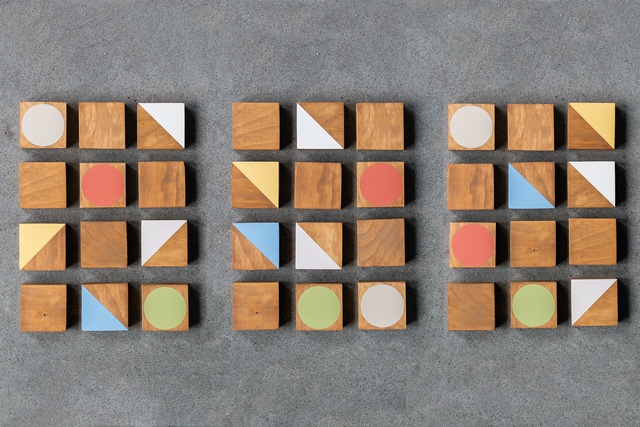
AC: Lastly, we ask all our On the Rise participants to create a mood board using Resene products. Tell us about what you’ve made and what inspired your colour choice.
FZ: My mood board has been inspired by mid-century interiors. I love the use of materiality in those spaces and the forms and patterns. The spaces are intriguing and well-composed in the use of natural materials, neutral colours and playful use of colour. So, I tried to capture that idea and essence in my creation.
Click here to see more from the On the Rise series.

